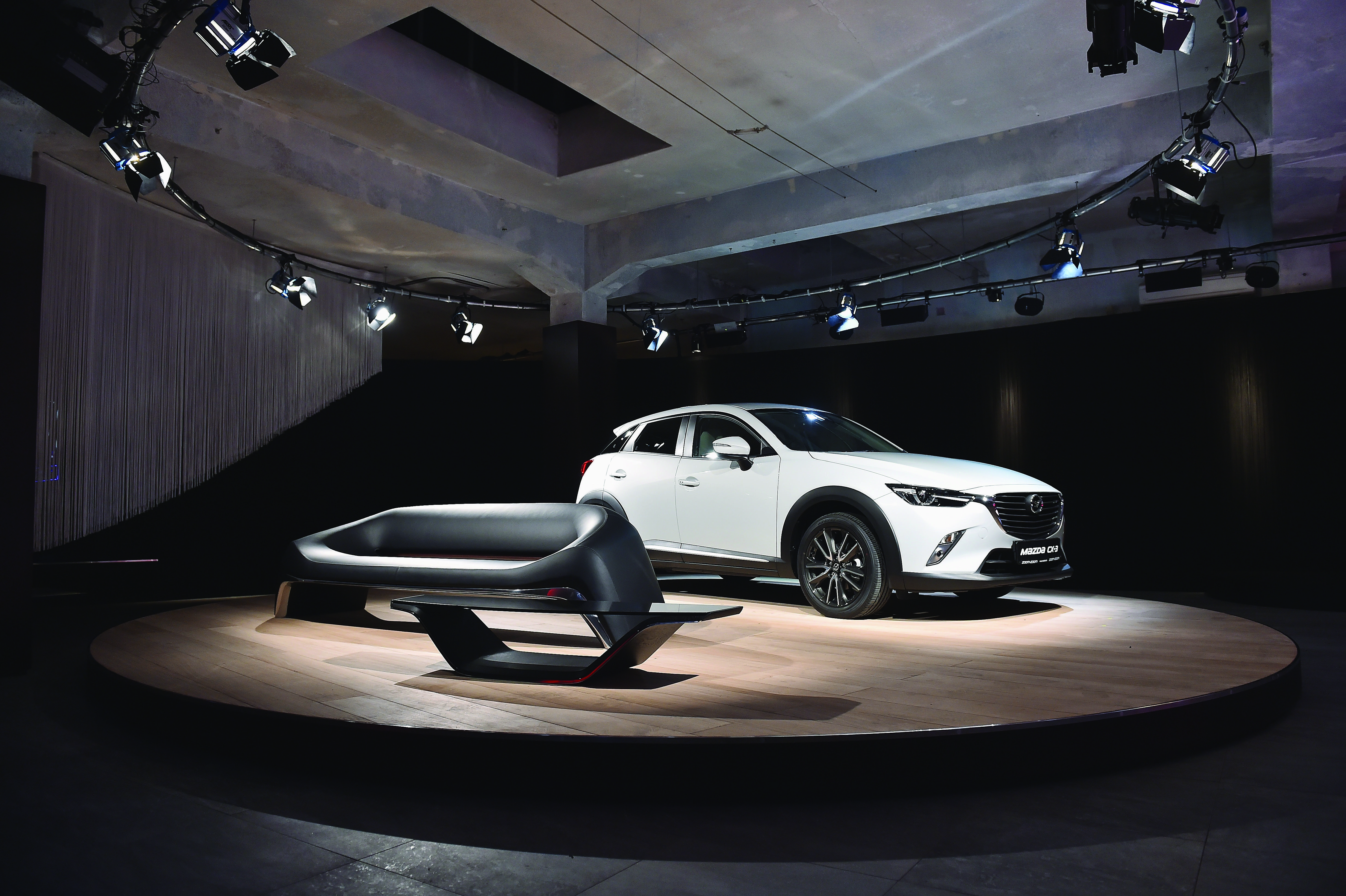
KODO DESIGN TURNS 10
With the “Kodo – Soul of Motion” design philosophy, Head Designer Ikuo Maeda set a bold new direction for design at Mazda. Introduced ten years ago at the 2010 LA Motor Show with the Shinari concept car, Kodo Design has been defining and elevating Mazda’s award-winning styling ever since, with its core principle remaining unchanged: to explore the powerful and irresistible beauty of natural movement in a still object.
The word Kodo literally translates as “heartbeat”, but with the added meaning of filling something with life; of giving it a soul. This idea is central to the way Mazda has always thought about design: “In Japan, we feel that craftsmen inject life into what they make. We believe that a form sincerely and painstakingly made by human hands gets a soul,” Ikuo Maeda explains. Therefore, “Soul of Motion” takes on a double meaning, expressing both the essence of motion and the “soul” imbued in the car by Mazda’s master craftsmen.
Kodo was first unveiled in 2010 with Shinari, Mazda’s stunning four-door sports coupe concept which gave the world vision of an animal ready to pounce, foreshadowing an exciting future for Mazda design. The following year, Mazda teased the world with another example of Kodo Design with Minagi, a compact crossover SUV concept which later evolved into the award-winning Mazda CX-5.
Inspired by the beauty and power of nature allied with the emotion of motion, the first Kodo Designs were strongly inspired by the image of a cheetah about to pounce. Mazda designers closely observed how these powerful mammals used their entire body as a spring to convert pent-up energy into highly controlled motion. Launched in 2012, the Mazda CX-5 was the first production vehicle to embody Kodo Design, combining go-anywhere muscularity, hold-all functionality and appealing dynamism in equal measure.
Following closely in the footsteps of the Shinari and Minagi concepts, the Takeri and Hazumi concepts carried the same expression of motion that focused on the strength, beauty and tension found in the instantaneous movement seen in animals. The Mazda Takeri offered a new level of strength and allure to the future of Mazda’s saloon styling, while the Hazumi concept (meaning to ‘bound’ or ‘spring up’ in Japanese) used Kodo Design to characterise the personality of a small but vigorous animal bursting with energy for Mazda’s next generation B-segment car.
A turning point for Kodo Design was reached with the two awe-inspiring concept cars, RX-Vision and Vision Coupe, evoking a powerful and emotional design with as few elements as possible. Introduced at the 2015 and 2017 Tokyo Motor Show respectively, both concepts anticipated the new elegance and yet more pronounced minimalist aesthetic of recent interpretations of Kodo Design. Dynamic and emotional forms are achieved by shaving off any unnecessary elements to bring out the very essence of beauty and motion.






